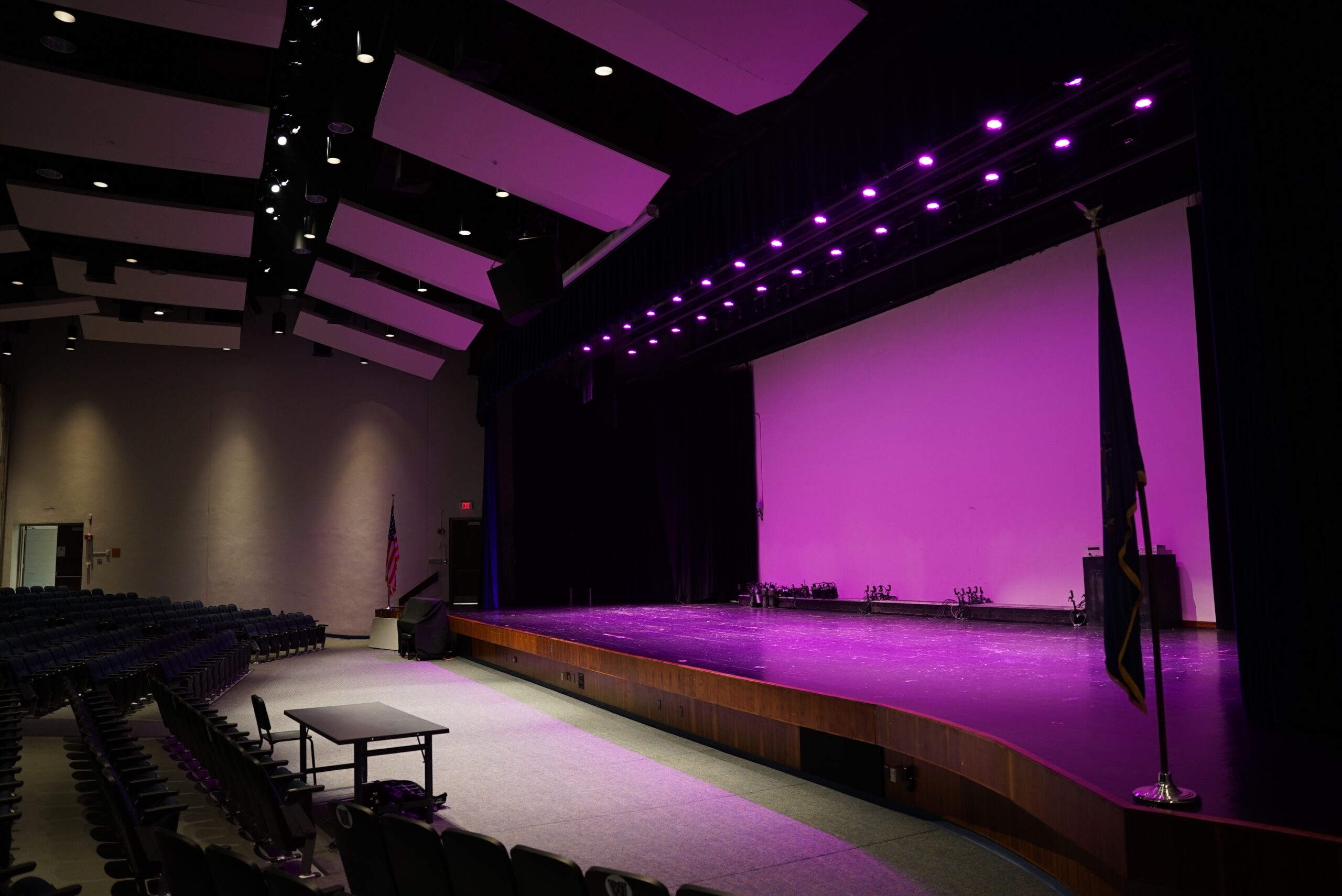

Lighting up a stage properly takes creativity, practice and an absolute commitment to emphasizing whatever story or action is taking place there instead of distracting from it. Unfortunately, many people mistakenly believe that the more lighting equipment — and lighting effects — they focus on their stage, the better off their performance will be. That idea is far from the truth.
As professional theater lighting designers, our team at Illuminated Integration enjoys sharing tips and best practices when given the chance. That’s why we think it’s helpful to highlight the following common theater lighting design mistakes so that you can avoid them at all costs.
Think of how distracting an audience member’s smartphone display can be during a performance. Even if you’re totally absorbed in what’s happening on stage, just the light emitting from the smartphone can be a huge distraction. Now think of how much damage you can do to the pace and mood of a production with a light cue that occurs without any recognizable purpose.
The rule of thumb here is to be conservative with how many light cues you write in so that each one you use has a distinct onstage purpose.
Timing is everything. While good theater is an art form, getting your lighting cues precise is more like a science that requires technique and practice. Remember: This element isn’t something you simply hope to get right on opening night. Fine-tuning your light cues might take a discussion or two with the director during practice, but it will all be worth it when a sharp performance comes with well-timed light cues.
Multi-colored explosions of light during a thoughtful soliloquy or moody lighting tones during an upbeat musical piece can be confusing to your audience. Whatever lighting effects you select, keep in mind that they need to be clear enhancements of what your audience is observing. After all, you’re helping to focus their attention — not distract it.
If you’re stretched too thin or don’t have the experience required to correctly and effectively do something, let your director know well in advance. It’s never wrong to know your limitations and communicate them. It’s the best way to get the help and/or extra training you need to become better at stage lighting.
Just like you want your lighting to be coherent with the action on the stage, you want your lighting’s colors and intensity to be sufficiently subtle so that they never over-saturate the stage — unless that’s your intention.
It’s always better to invest in good equipment than it is to try to run a production with lighting equipment that’s inferior and constantly breaking down. If you have any questions about what type of lighting equipment would be the best investment for your theater, contact us. Illuminated Integration is a full-service audio, visual and lighting (AVL) provider. We work on projects of all sizes and budgets, and we always listen closely to our clients’ needs.